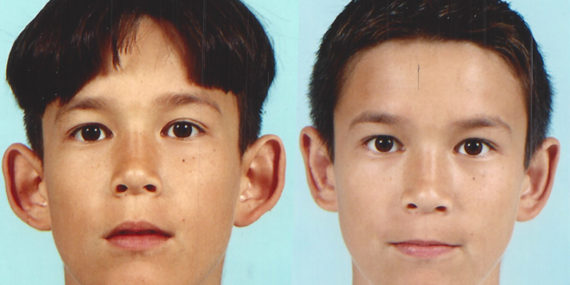Everything you need to know about Ear Cosmetic Surgery
If your ears protrude or are misshapen, or if your child has misshapen or protruding ears, cosmetic surgery may be an option.
The surgery, which doctors call otoplasty, is most commonly done on children ages 4 to 14. It’s never too late, though, to make a change, and adults do undergo this surgery. Otoplasty can correct ear conditions such as protruding ears, abnormally large ear lobes, lop ear, and shell ear, a condition in which certain features of a normal ear are missing.

Deciding on Ear Surgery
The first step is to consult a surgeon. At the first meeting, tell the surgeon about your goals as well as your medical history. Ask about risks, benefits, costs, recovery, and whether your expectations for the results are realistic.
Most health insurance companies only cover ear reshaping surgery if it will solve a functional problem. For instance, you might have it to correct a hearing impairment. Your insurance also may provide coverage if an otoplasty is done to correct a deformity or congenital abnormality. But if it’s being done for cosmetic reasons only, it may not be covered at all. In that case, ask your doctor for full details about the costs and payment options.
How Cosmetic Ear Surgery is Done
There are several ways the ear can be reshaped. One involves cutting out the cartilage, which is the main structural component of the ear. Another involves folding and stitching the cartilage instead of cutting it away.
In either case, your surgeon will begin by making a small cut at the back of your ear. This will allow access to the cartilage for the necessary procedure. After the surgery is complete, the surgeon will close the cuts with stitches.
What to expect and hot to prepare for Cosmetic Ear Surgery
The surgery will last about two to three hours, depending on how complex the procedure for your case is. It may take longer than three hours if the procedure you need is very involved.

If you are an adult, your surgeon probably will use local anesthesia with a sedative. A child will likely receive general anesthesia to ensure that he or she cannot move around during the operation.
People getting general anesthesia cannot eat or drink after midnight the night before surgery or the morning of the surgery. The last meal the night before should be very light.
Most otoplasties are done in the surgeon’s office or in an outpatient facility. On the day of the surgery, wear loose fitting, comfortable clothing. Avoid wearing a shirt with a collar. It’s also a good idea to wear shirt with buttons so that you do not have to pull it over your head.
If you are an adult, the surgery will be completed within a few hours and you can go home the same day. Sometimes, in case of a child, the doctor will prefer that the child stay in the hospital one night. If you are undergoing a more complex procedure as an adult, you also may need to stay in the hospital overnight.
Cosmetic Ear Surgery Recovery

You should plan to stay at least one week after the surgery. Children should stay home from school for at least one week.
Your head will be bandaged before you are sent home. It’s very important that you follow your doctor’s instructions on how to handle the bandage to ensure a smooth recovery.
Your surgeon will tell you how long you will need to wear the bandage and how to manage it while you sleep. You likely will have to wear it for at least three days. When you have the bandage removed, your surgeon will provide you with a headband-type dressing. He or she may want you to wear this for up to three weeks to promote proper healing.


